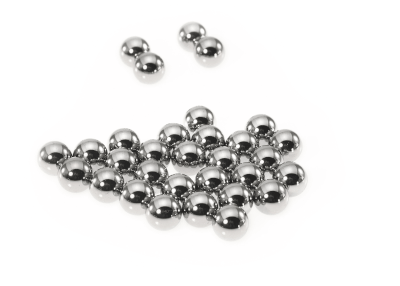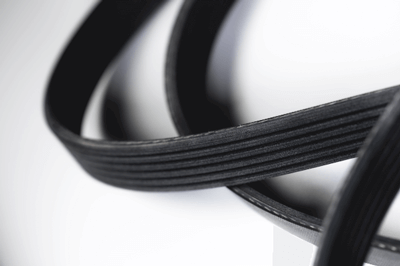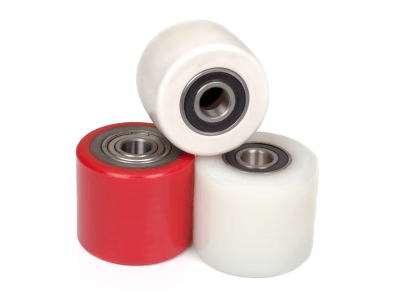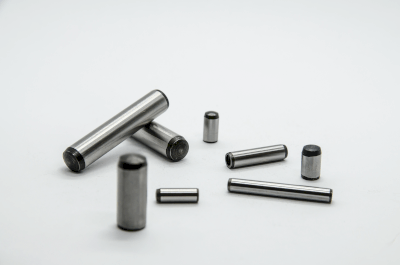¿Qué son los Microscopios de Medición?
Los microscopios de medición son máquinas de medición dimensional que miden dimensiones a partir de imágenes ampliadas por un microscopio.
Se componen de un microscopio óptico ampliado con un aumento exacto y una platina XY para desplazar con precisión la pieza de medición sobre una superficie plana, incluida una plantilla para la medición comparativa. Los microscopios de medición permiten la medición sin contacto y, por tanto, la observación de contornos y superficies sin dañar la pieza de trabajo.
Los microscopios de medición suelen utilizar ópticas telecéntricas en el sistema óptico. En los últimos años, algunas especificaciones han adoptado un sistema óptico corregido al infinito en el cabezal óptico para permitir la observación por interferencia diferencial y la observación sencilla con luz polarizada.
Usos de los Microscopios de Medición
Los microscopios de medición se utilizan para la producción y el control de calidad de piezas de máquinas relativamente pequeñas, piezas de dispositivos electrónicos y productos semiconductores. Los microscopios de medición son adecuados para medir piezas pequeñas y áreas pequeñas que son difíciles de medir sin el aumento del microscopio.
Además de la medición dimensional, el microscopio también puede utilizarse para la observación mediante luz polarizada e interferencia diferencial, por ejemplo, para detectar defectos en sustratos semiconductores. Debido a la precisión del aumento, también es útil para inspecciones sencillas para determinar si un producto está dentro de la tolerancia mediante mediciones comparativas utilizando una plantilla.
Los microscopios de medición pueden utilizarse como máquinas de medición y como microscopios, y un microscopio puede utilizarse para diversas aplicaciones.
Principio de los Microscopios de Medición
Los microscopios de medición pueden clasificarse según el método de iluminación.
1. Transiluminación
La iluminación transmitida se utiliza para la medición dimensional mediante la transmisión de luz y la captura de la sombra de un objeto como una forma de contorno. Se utiliza para medir contornos.
2. Iluminación Vertical Reflejada
La iluminación vertical reflejada emite luz perpendicular a la superficie de un objeto y utiliza la luz reflejada para observar la superficie. La iluminación vertical reflejada puede utilizarse no sólo para mediciones dimensionales, sino también para observar la geometría de la superficie.
3. Iluminación por Reflexión Oblicua
La iluminación por reflexión oblicua es un método de iluminación en el que la luz se proyecta en ángulo sobre la superficie del objeto de medición. La característica es que se acentúa el contraste de la imagen, de modo que puede obtenerse una imagen tridimensional y nítida. Sin embargo, es más probable que se produzcan errores en las mediciones dimensionales.
Más Información sobre los Microscopios de Medición
1. Óptica Telecéntrica
La mayoría de los microscopios de medición utilizan ópticas telecéntricas para la transiluminación. Los microscopios sin óptica telecéntrica hacen que los objetos cercanos parezcan más grandes y que los objetos lejanos parezcan más pequeños.
Este fenómeno es el mismo para las cámaras que utilizamos en nuestra vida cotidiana. Sin embargo, esta característica da lugar a mediciones dimensionales en las que los objetos lejanos se miden más pequeños en relación con diferentes partes en la dirección de la altura.
En los objetivos con óptica telecéntrica, la imagen aparece borrosa pero el tamaño sigue siendo el mismo, aunque el enfoque se desplace en la dirección de la distancia al objetivo y al eje óptico. Las ópticas telecéntricas son indispensables para los microscopios de medición, en los que las dimensiones se miden mientras se observa con el microscopio.
2. Paralelización de los Microscopios de Medición
Los microscopios de medición miden colocando el objeto de medición en una platina XY. Por lo tanto, el punto de medición puede estar en cualquier lugar dentro del rango operativo de la platina XY. Esto significa que la platina XY puede desplazarse hasta el punto de medición allí donde se encuentre el objeto de medición en la platina XY.
Algunos ángulos y diámetros circulares a medir requieren un gran movimiento de la platina XY, pero el contorno del objeto de medición nunca se coloca paralelo al movimiento de la platina XY sin un ajuste especial. Por lo tanto, es necesario poner en paralelo el movimiento de la platina XY con el borde de referencia del objeto de medición antes de la medición.
Si el objeto de medición y la platina XY no son paralelos, pueden producirse grandes errores al medir los ángulos y el paralelismo. Por lo tanto, es necesario realizar cálculos para compensar los resultados de la medición. En los últimos años, los fabricantes han desarrollado una gama de dispositivos de medición que crean un sistema de coordenadas en la platina XY y calculan a partir de las coordenadas del origen y los puntos de medición. El uso de estos dispositivos permite reducir las horas de trabajo necesarias para la paralelización.
3. Campo de Visión del Microscopio de Medición
Es importante que el microscopio pueda observar el objeto con un gran aumento, pero también es importante que se pueda obtener un amplio campo de visión de una sola vez. El campo de visión es la superficie que puede verse de una sola vez con el microscopio y viene determinado por el diámetro del ocular.
El tamaño del campo de visión se denomina número de campos de visión, y el campo de visión real es el área de la superficie del objeto que se está midiendo que es visible dentro del campo de visión. La relación entre el campo de visión real y el aumento del objetivo es la siguiente:
Campo de Visión Real = Número de Campos de Visión del Ocular / Aumento de la Lente Objetivo
Como se desprende de la fórmula anterior, si el número de campos visuales del ocular es el mismo, la gama del campo visual real se estrecha a medida que aumenta el aumento de la lente objetivo. Esto demuestra que existe un equilibrio entre el aumento de la lente objetivo para ampliar el objeto medido y el alcance que puede verse de una sola vez.
Para aumentar el campo de visión real, debe aumentarse el diámetro del ocular o reducirse el aumento de la lente objetivo. Sin embargo, la reducción del aumento de la lente objetivo tiene un límite debido al aumento necesario para la medición. Por este motivo, los microscopios de medición están equipados con una platina XY y un contador o dispositivo similar que muestra la cantidad de movimiento y mide la parte del objeto que no puede verse en el campo de visión.
 A bearing ball is an essential mechanical element used in various industrial products. It plays a crucial role in supporting rotational motion.
A bearing ball is an essential mechanical element used in various industrial products. It plays a crucial role in supporting rotational motion. A serpentine belt is a type of belt that combines elements of a V-shaped belt and a
A serpentine belt is a type of belt that combines elements of a V-shaped belt and a 
 A knock pin is a type of jig specifically used to ensure the assembly accuracy of industrial products.
A knock pin is a type of jig specifically used to ensure the assembly accuracy of industrial products.